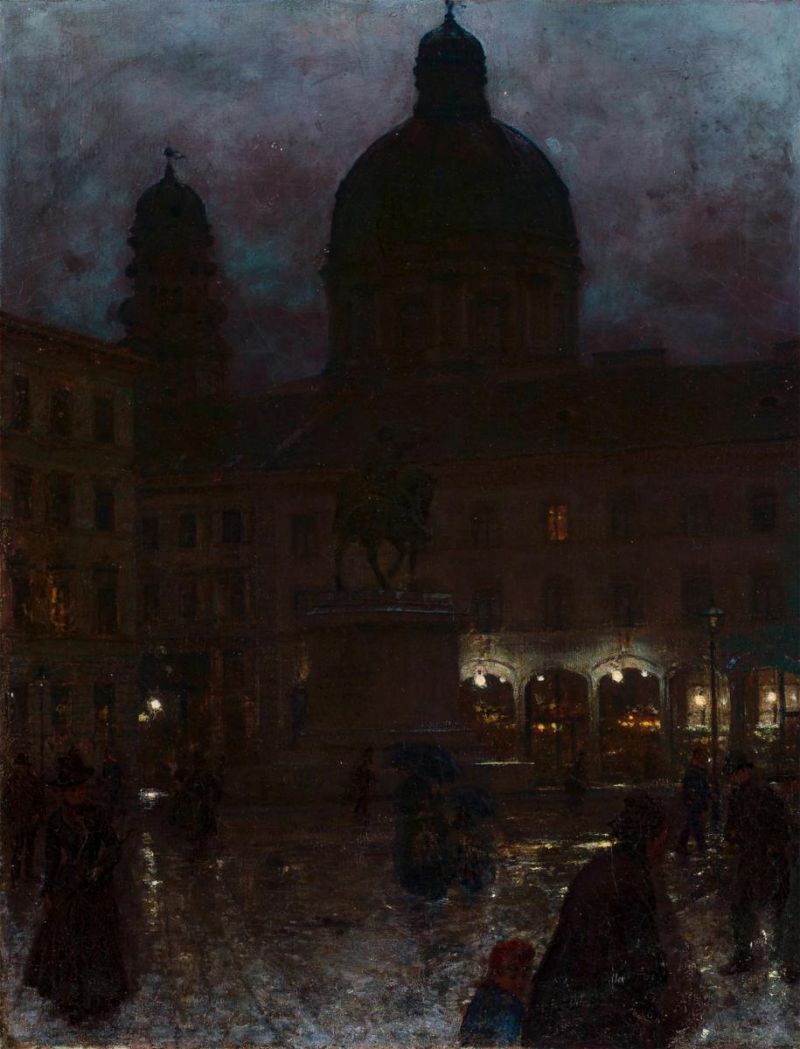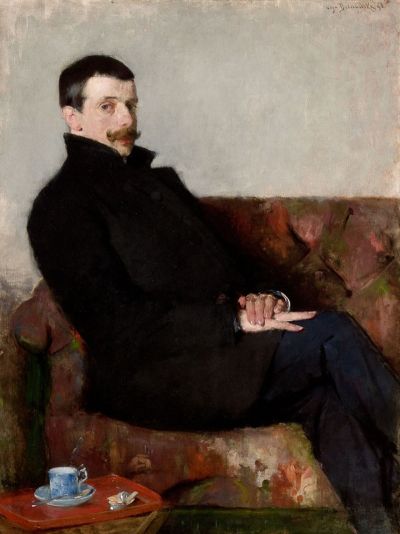Polish artists in Munich 1828-1914
Mediathek Sorted
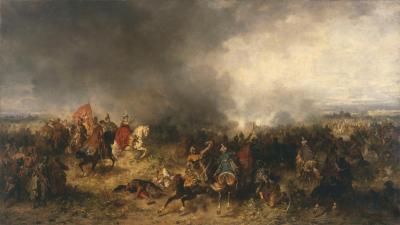
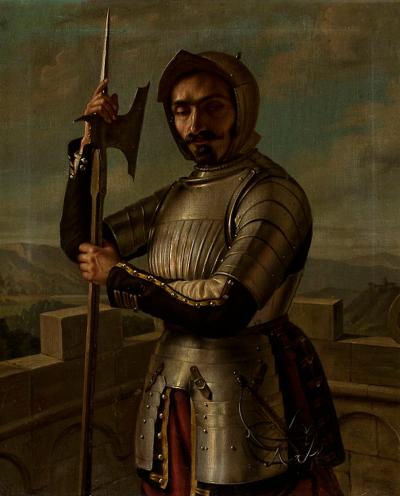
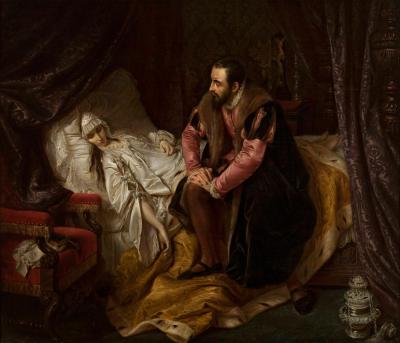
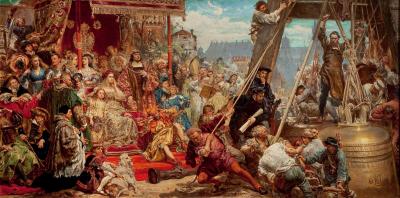
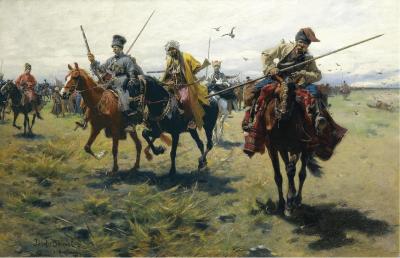
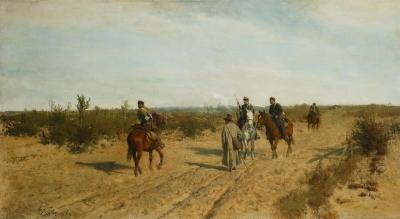
![Abb. 7: Aleksander Gierymski (1850-1901) Abb. 7: Aleksander Gierymski (1850-1901) - Aleksander Gierymski (1850-1901): Im Atelier des Künstlers [in München], 1869/70.](/sites/default/files/styles/width_100_tiles/public/assets/images/7_gierymskia2.jpg?itok=U_gomzpn)
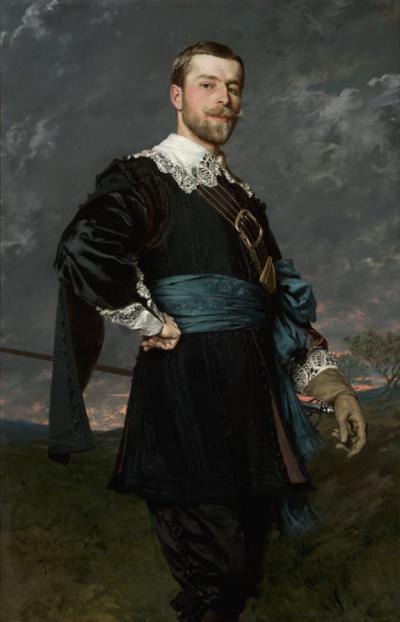
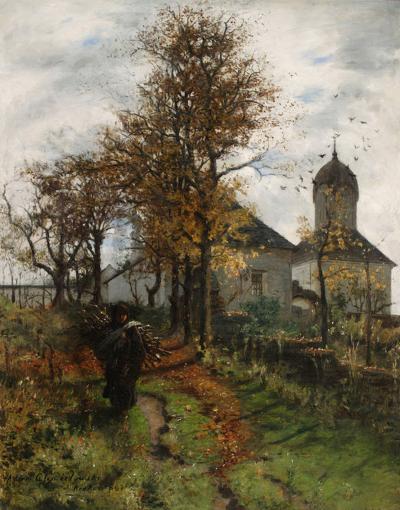
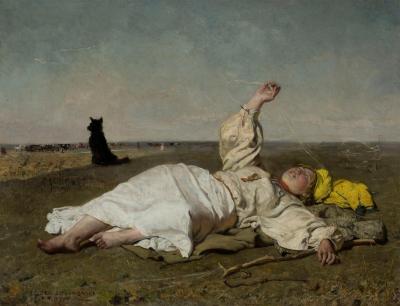
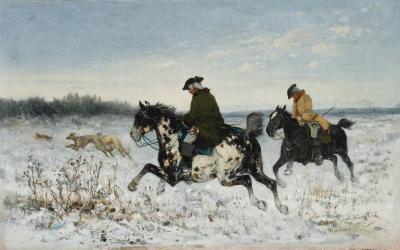
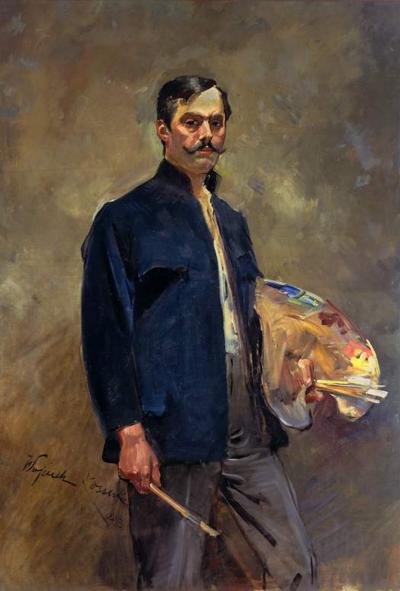
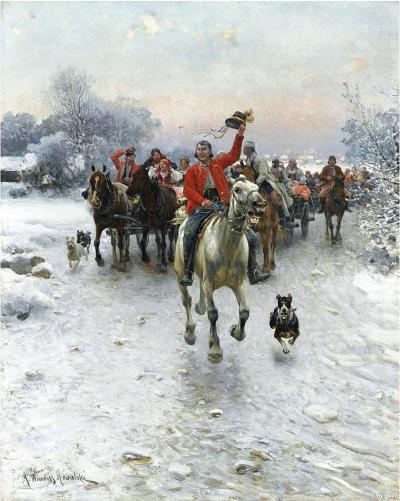
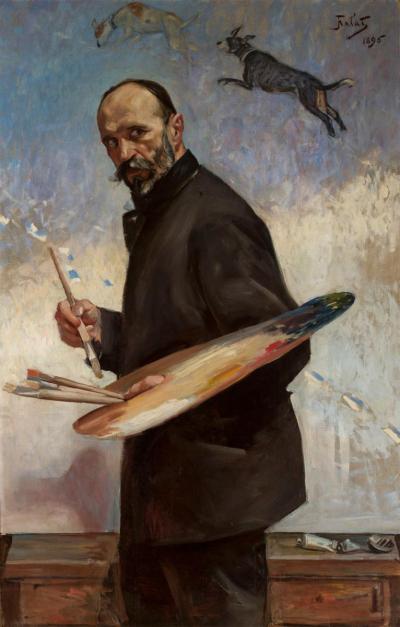
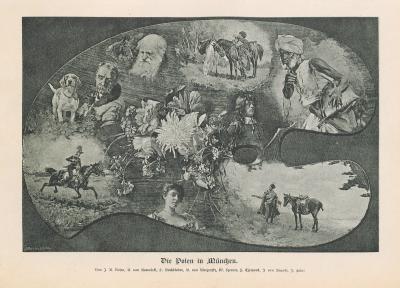
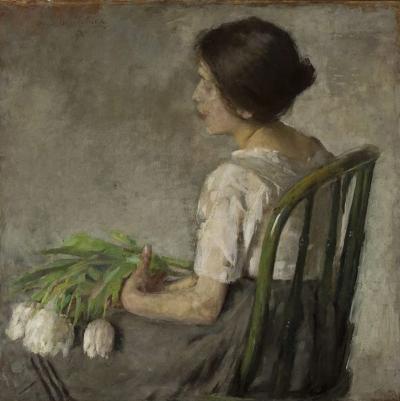
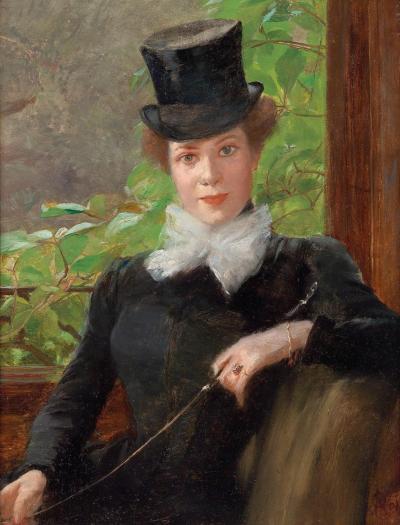
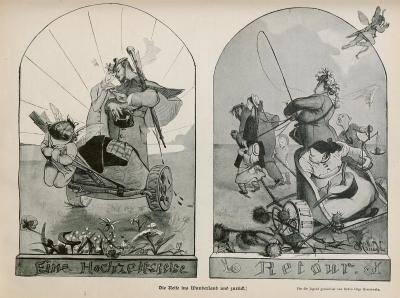

Polenkolonie in München - Hörspiel von "COSMO Radio po polsku" auf Deutsch

In 1828 the matriculation register at the Royal Academy of Visual Arts in Munich enrolled the sculptor Karol Ceptowski (1801-1847) from Poznań as its first Polish artist, and in 1832 a Lithuanian by the name of Jan Baniewicz as the first painter of Polish origin. The population of Congress Poland (i.e. the Kingdom of Poland), were faced with particularly massive restrictions in their civil rights after the November uprising in 1830/31 and the January uprising (1863/64) against Russian rule. Repressive measures undertaken by the partition powers, limitations in state school education and higher education, along with the political censorship of literary texts and works of art led to young Polish citizens fleeing abroad to study. Here they were also given political asylum.
However until 1862 this applied to three students a year at the most, with the exception of 1842 when six students began studying art at the Munich Academy. They came from the Russian and Austrian sectors of Poland. After students at the Warsaw School of Fine Arts had participated in the January uprising in 1863, the school was closed in the following year. In 1863 the number of new enrolments from Poland at the Munich Academy reached a peak of ten students. Amongst these was a certain Józef Brandt (1841-1915, Ill. 1), who had previously studied in Warsaw and now began a course of studies under the most important representative of history painting, Carl von Piloty. Three years later he was the head of his own workshop that attracted a huge number of students, primarily Polish. In 1878 he was appointed an honorary professor. Some of the students involved in the 1863 uprising only went to Munich in later years. These included Maksymilian Gierymski (1867), Ludomir Benedyktowicz (1868), Adam Chmielowski (1870) and Antoni Kozakiewicz (1871).
Polish students found Munich attractive because the capital of the Kingdom of Bavaria was one of the leading arts centres in Europe thanks to the picture galleries (German: Pinakotheken) that had opened in 1836 and 1853, and private galleries like that belonging to Count Schack that opened in 1862. Munich was also the centre of a lively trade in works of art. Living conditions were considered favourable, and the local people were generally tolerant of foreigners. However the decisive factor was the reputation and artistic aura of the professors teaching at the Academy. Up until 1940 a group of artists known as the Nazarenes were dominant in the city: it featured such names as Julius Schnorr von Carolsfeld, Heinrich Hess and the director of the school, Peter Cornelius. Its artistic programme of religious and moral renewal and its efforts in reviving a national art chimed in many ways with the ideas of Polish romanticism
One of their students was the Warsaw painter Aleksander Lesser (1814-1884, Ill. 2), who matriculated in 1835 and had his own workshop in Munich between 1840 and 1846. Lesser and Tytus Byczkowski from Minsk, who enrolled as a student at the Academy in 1837, were the first Polish painters to be accepted by the Munich Arts Society, that had been founded in 1823. Soon after their arrival in Munich and their enrolment in a course of study a large proportion of Polish art students also joined this society of artists and supporters. They began their careers as freelance artists in the city by taking part in the society’s exhibitions, purchases and prize draws of artworks. Up until 1914 150 Polish artists were members of the Munich Art Society. Alongside Lesser and Byczkowski another seventeen Polish art enthusiasts also joined the society in this early period. The majority of them were aristocrats, foreign members who did not live in Munich: these included Count Athanasius Raczynski, the author of a three volume edition entitled Histoire de l'art moderne Allemagne (1836-41) and the patron of Overbeck and Cornelius. He bequeathed to Overbeck a part of the Palais Raczynski that he had built in Berlin between 1842 and 1844. Under Leo von Klenze, Ceptowski took part in sculptural work in the Münchner Residenz, and Byczkowski was one of the fresco painters who decorated the Ludwigskirche. Korneli Szlegel (1819-1870) from Lemberg/Lwów, who began his studies in Munich in 1842 also had close links with the Nazarenes, as did Józef Simmler (1823-1868, Ill. 3) from Warsaw, who had previously been a student of Eduard Bendemann at the University of Pictorial Arts in Dresden. After completing his studies in Munich (from 1841 on) and Paris he returned to Warsaw where he was a highly esteemed painter of realistic religious and historical scenes, as well as portraits.



















































































